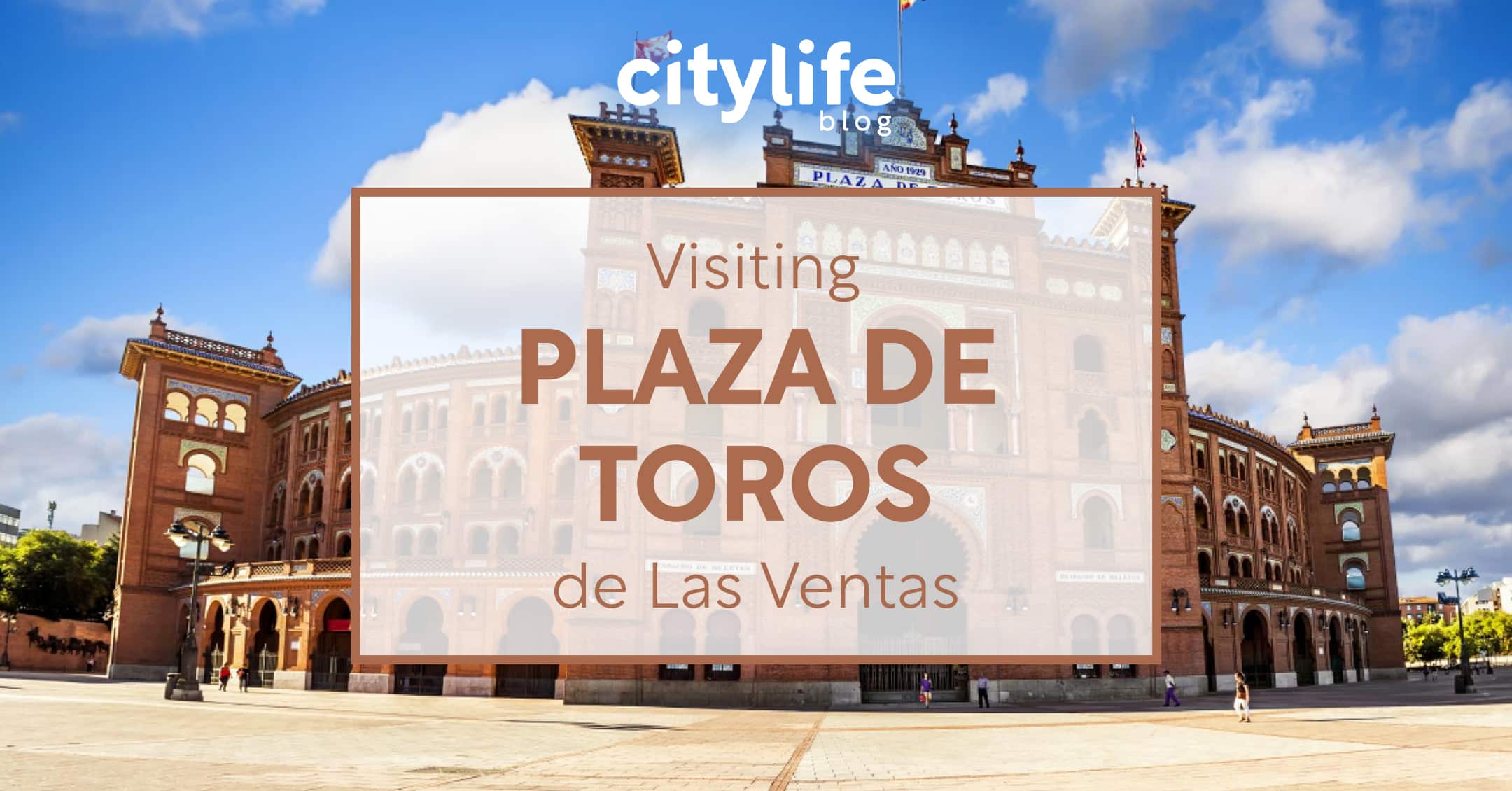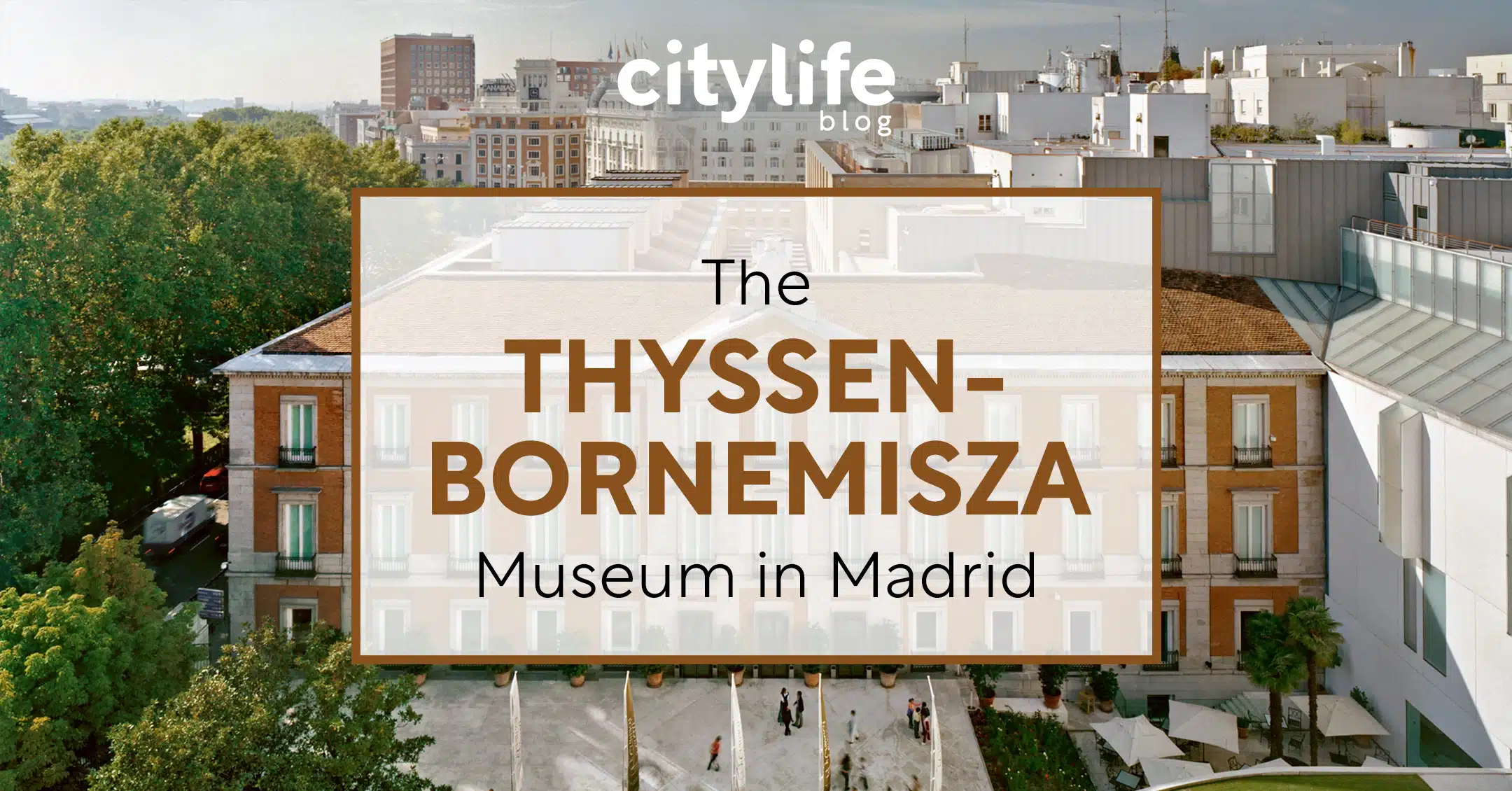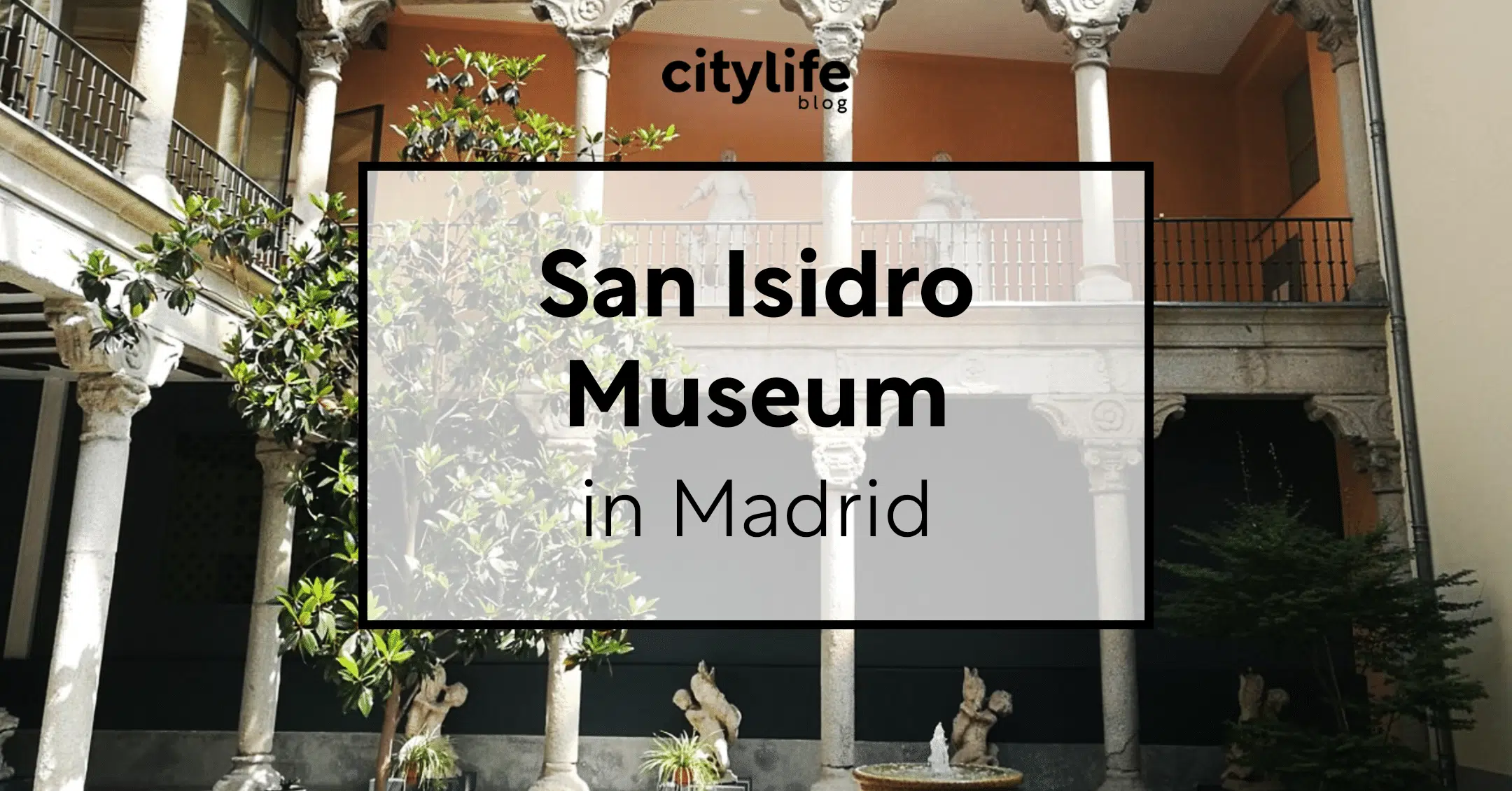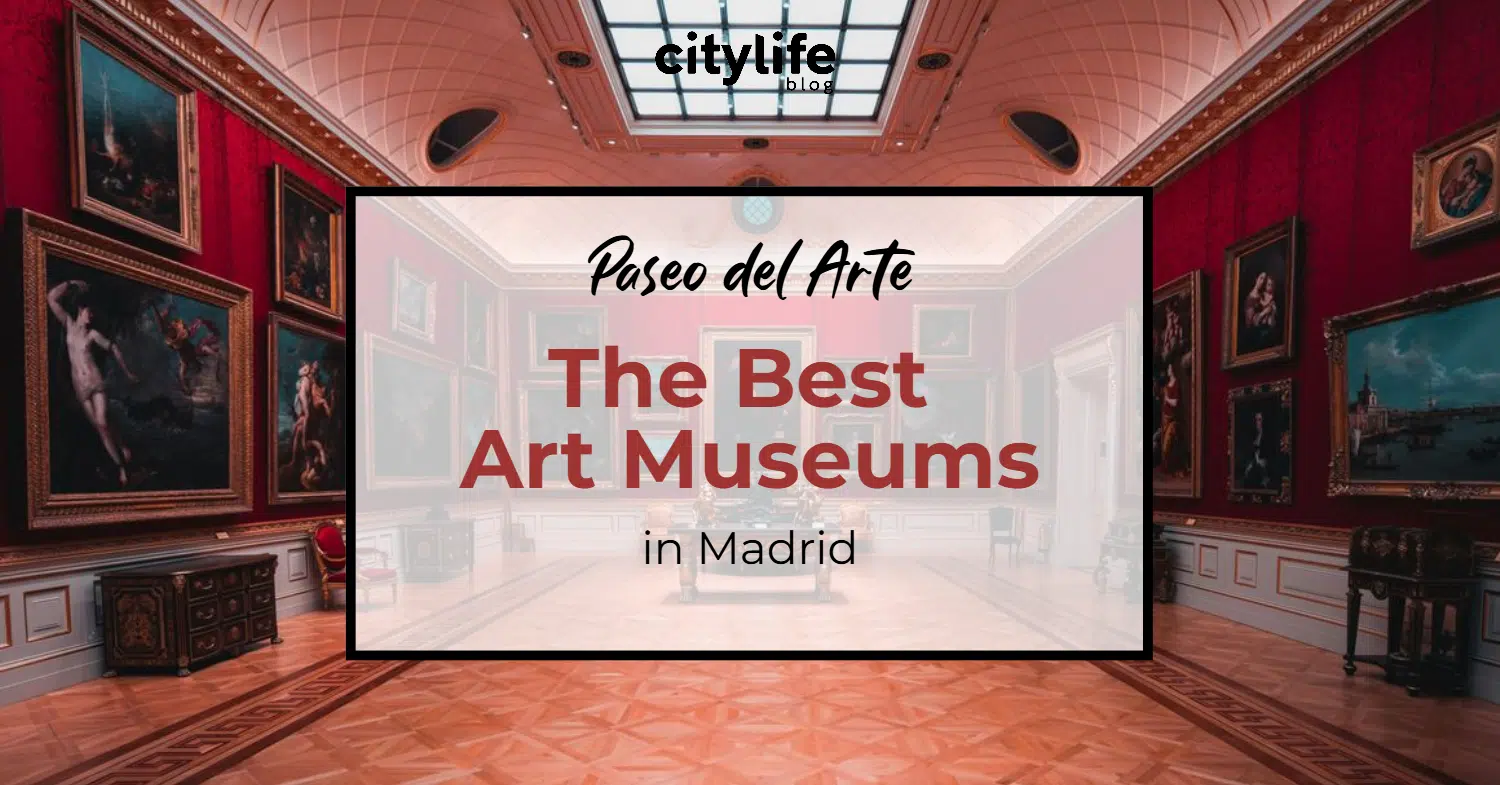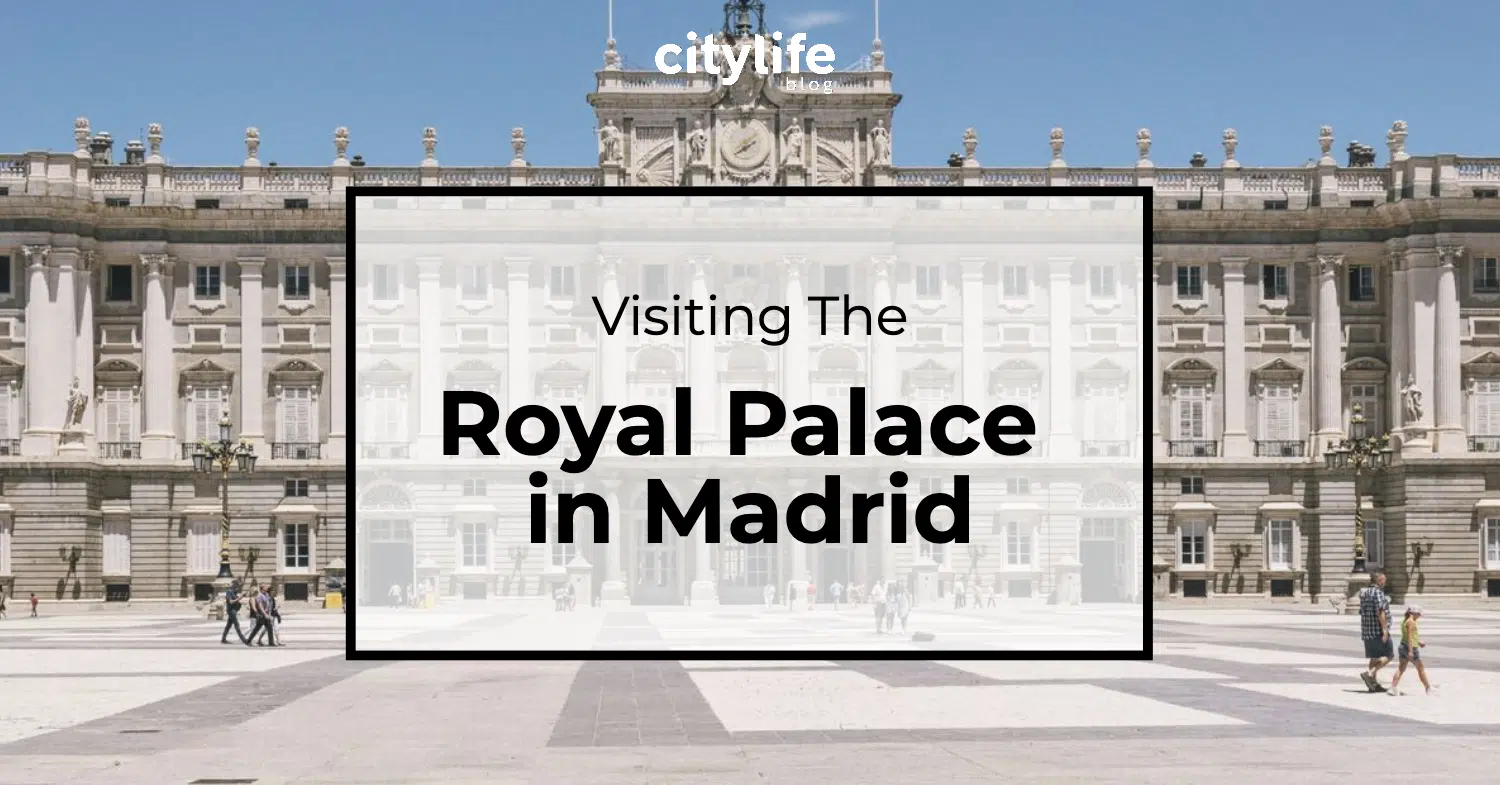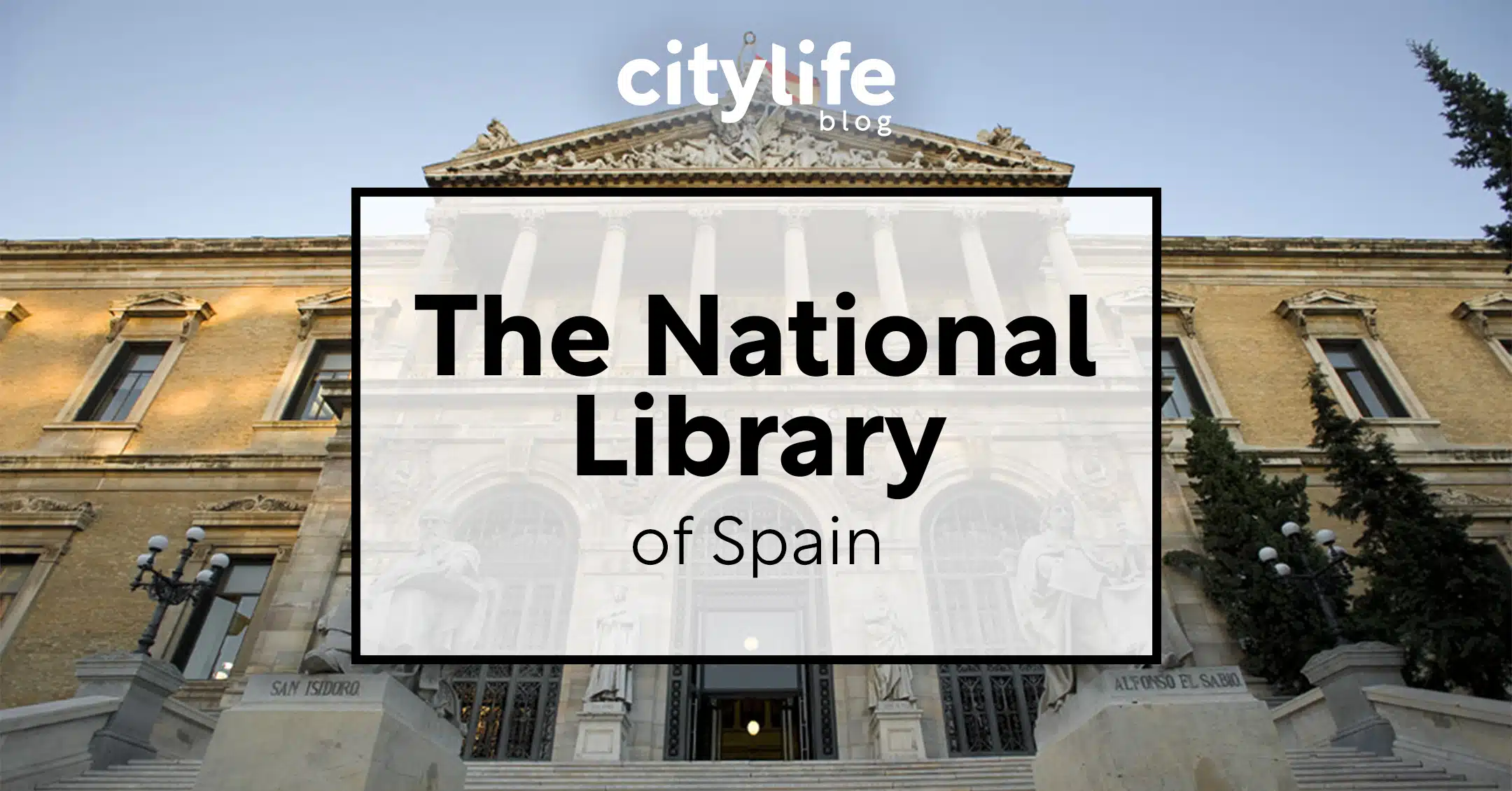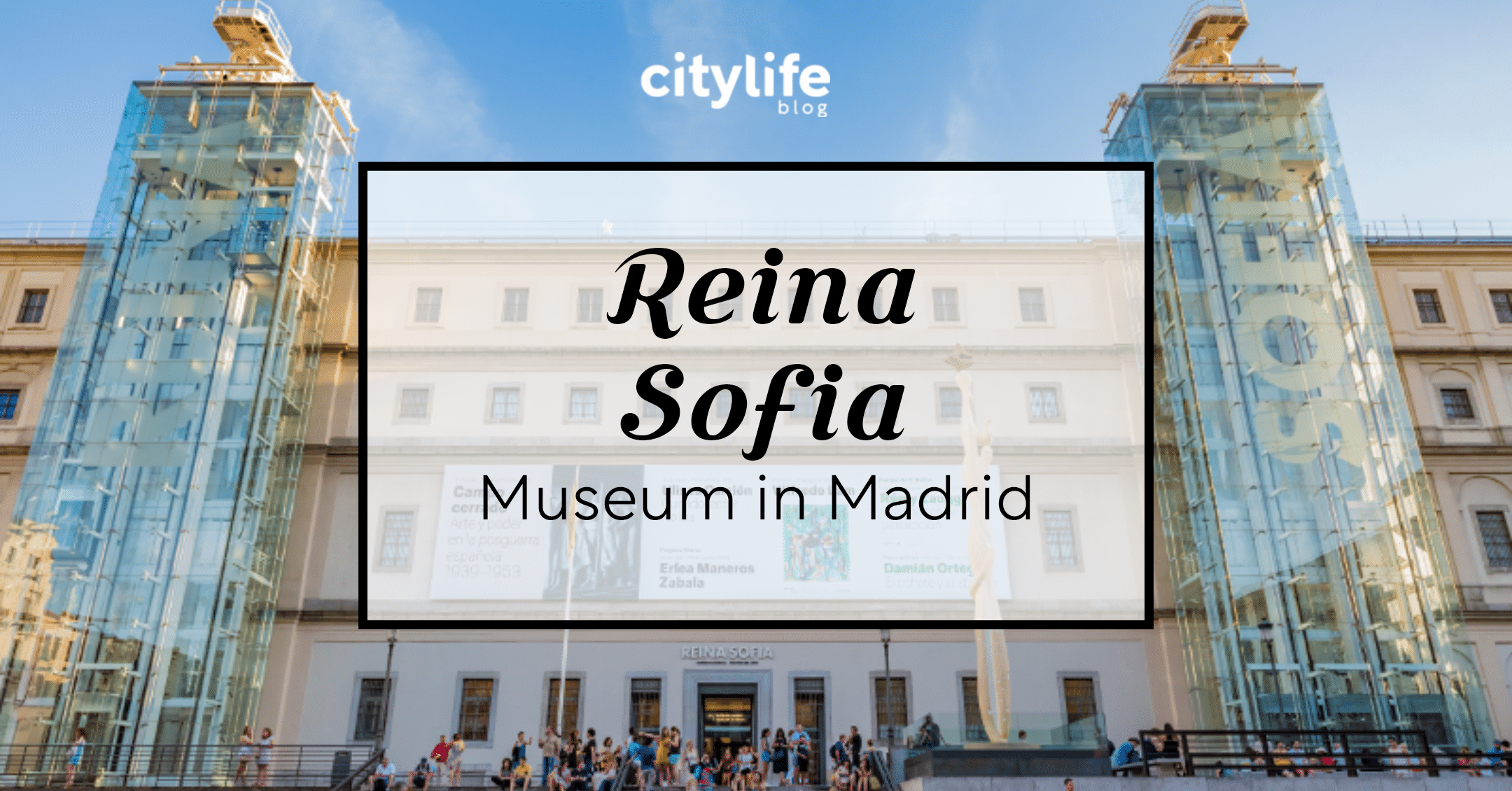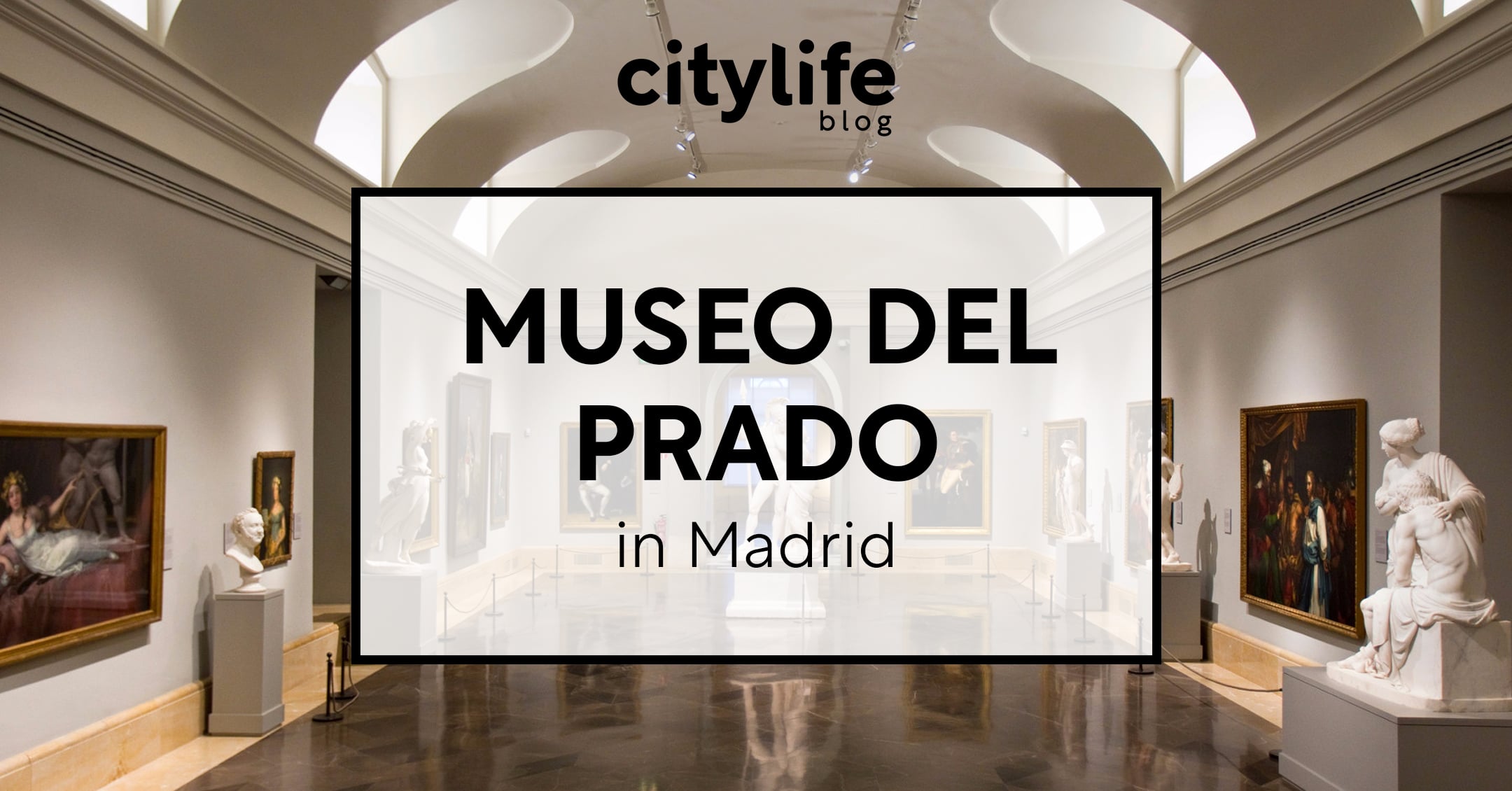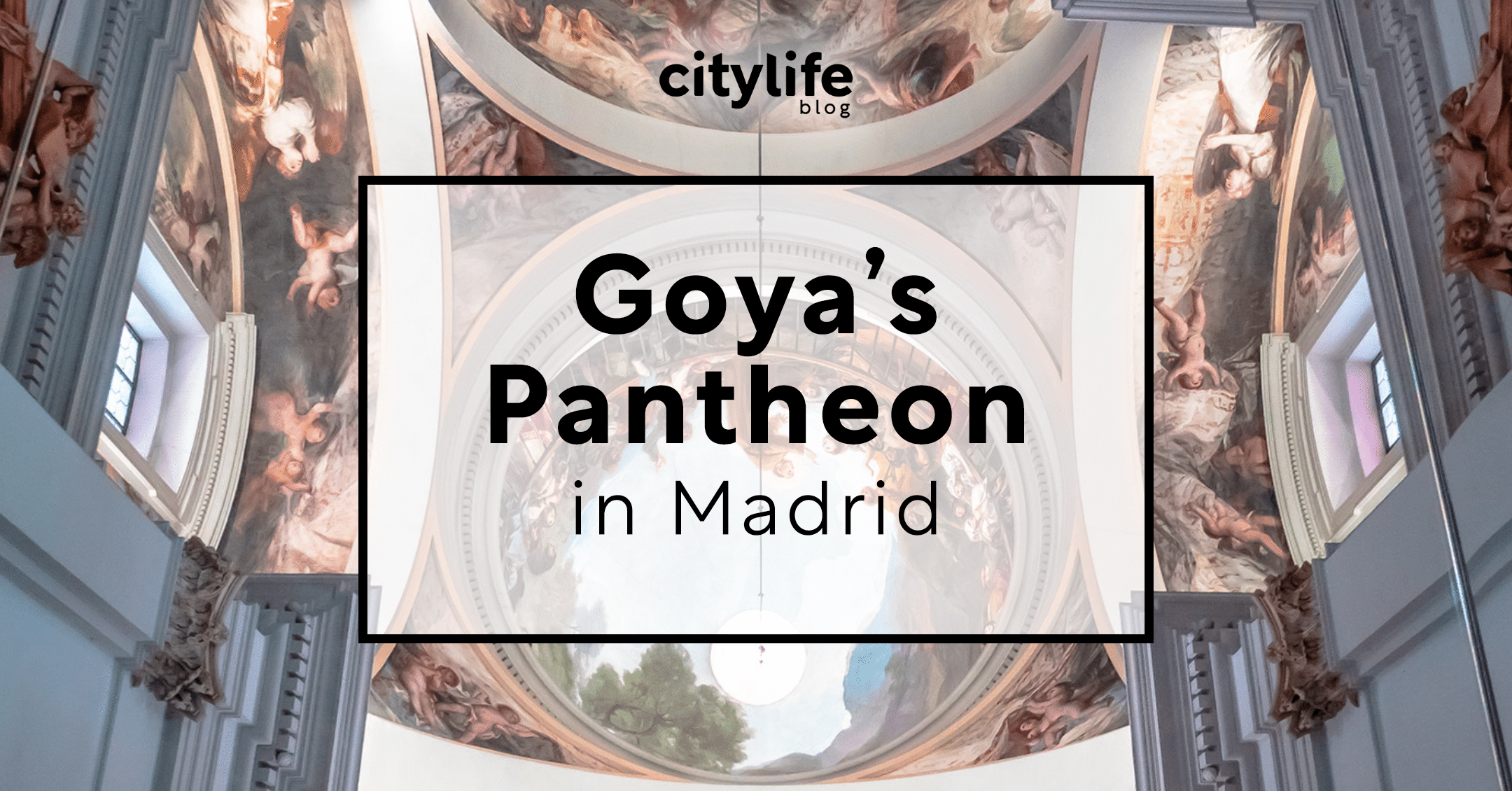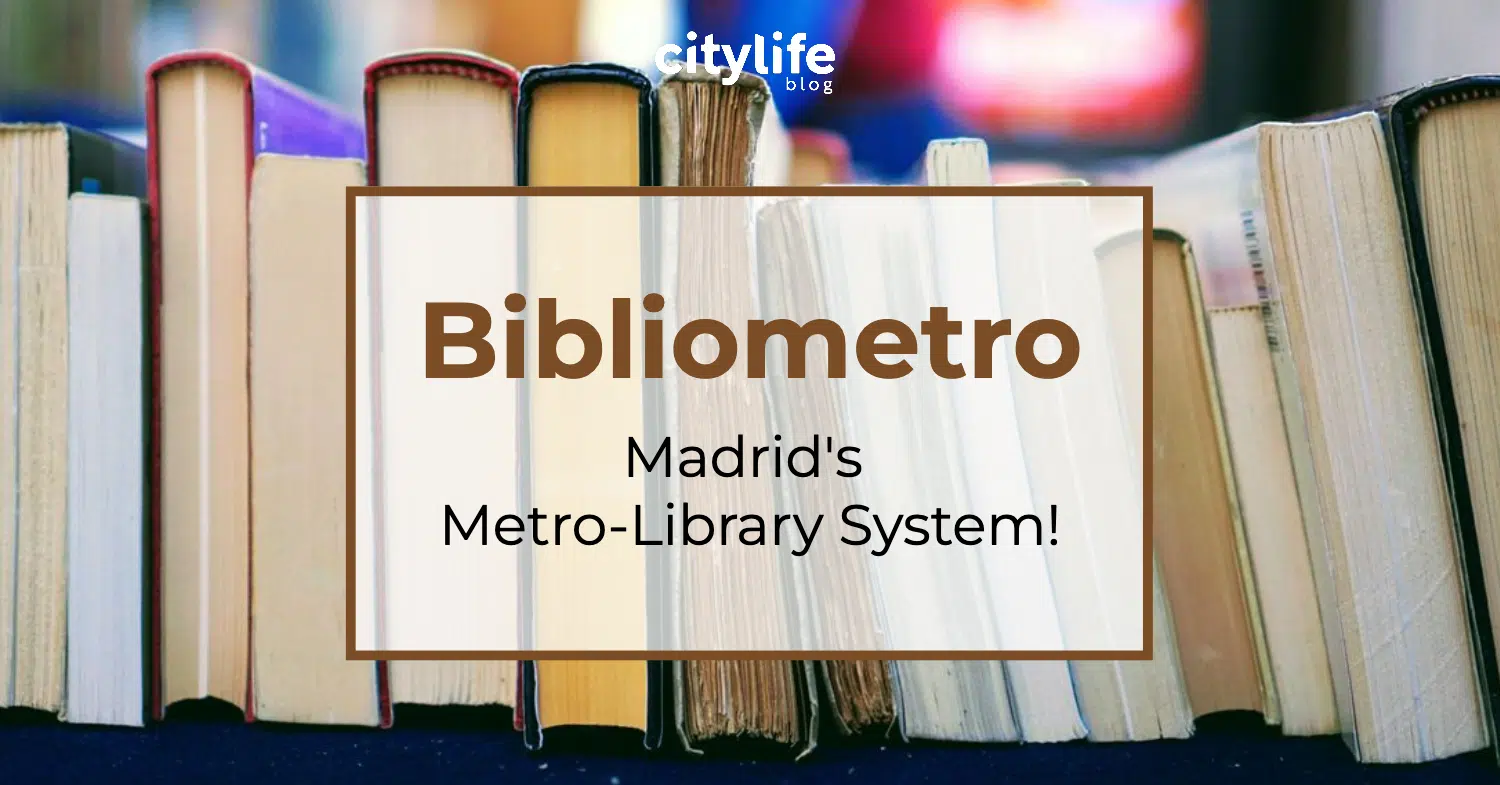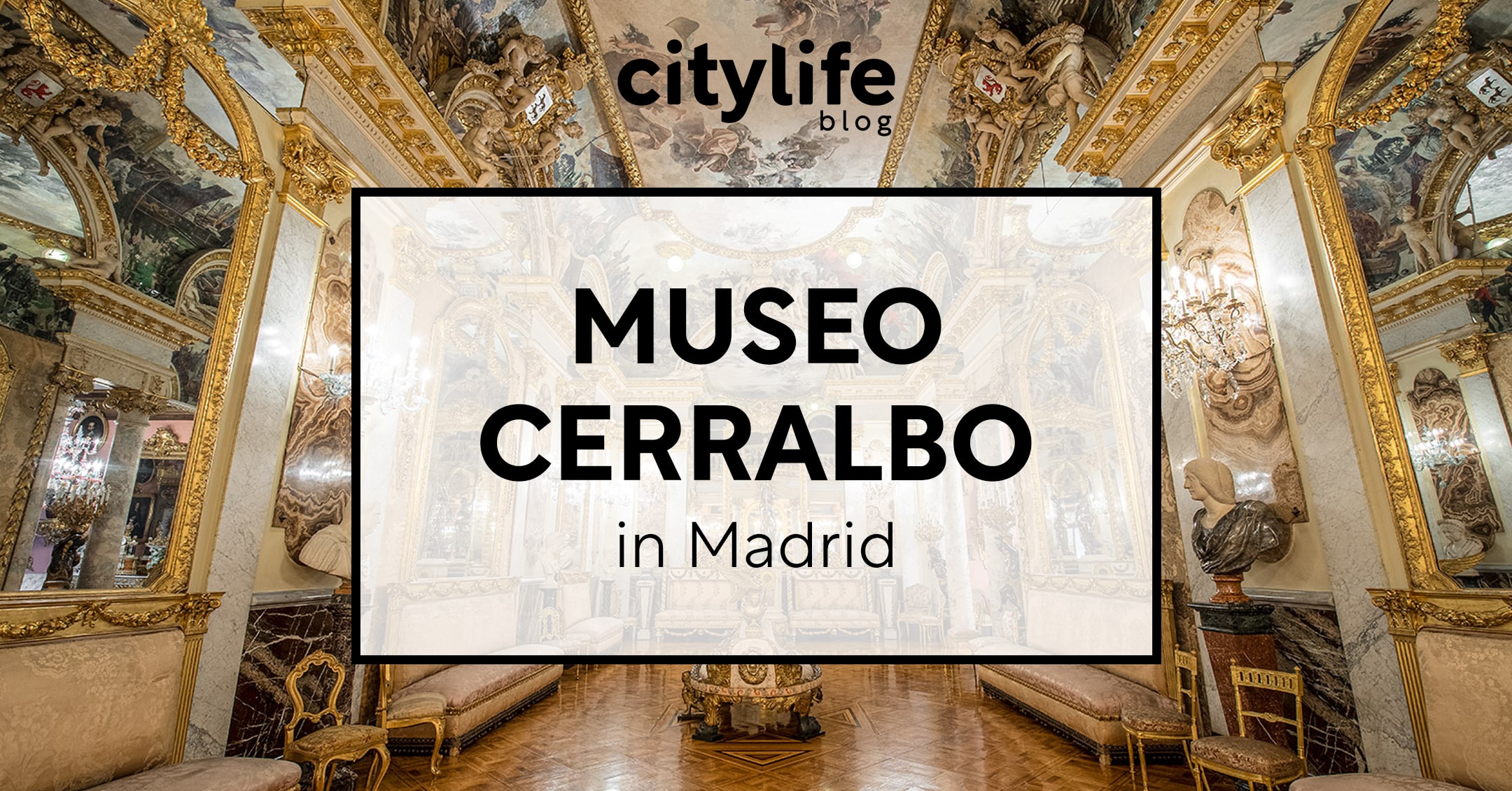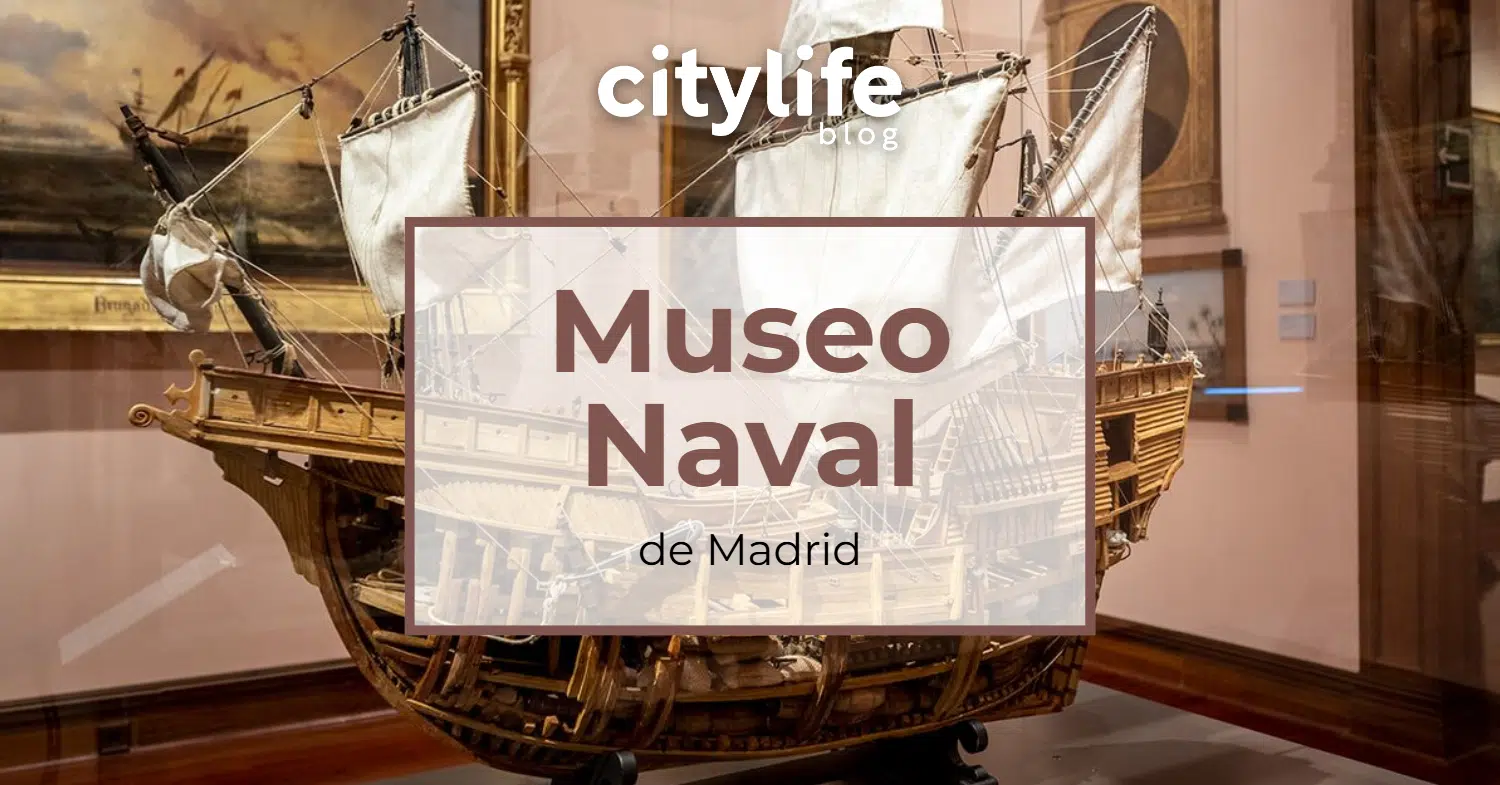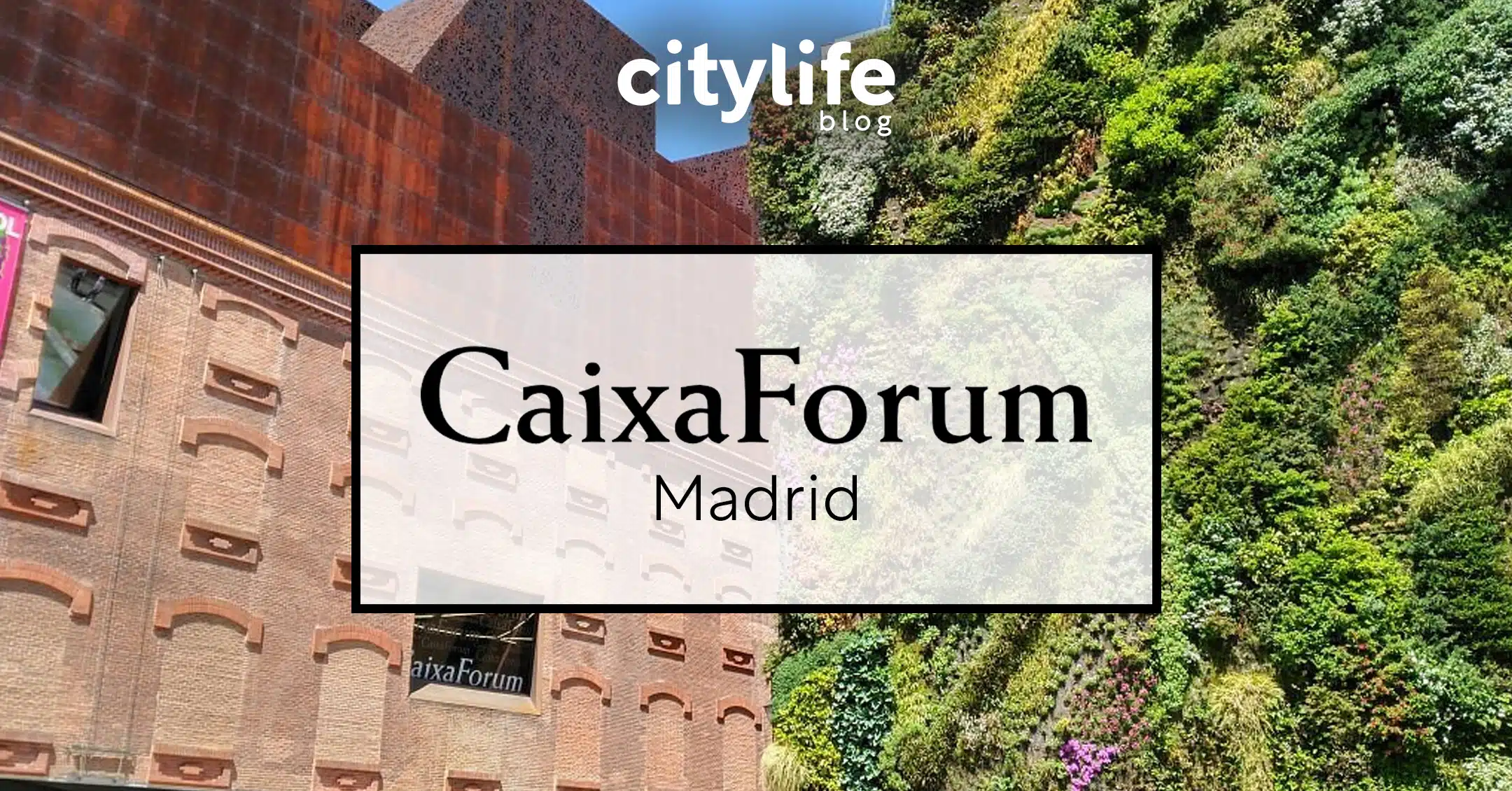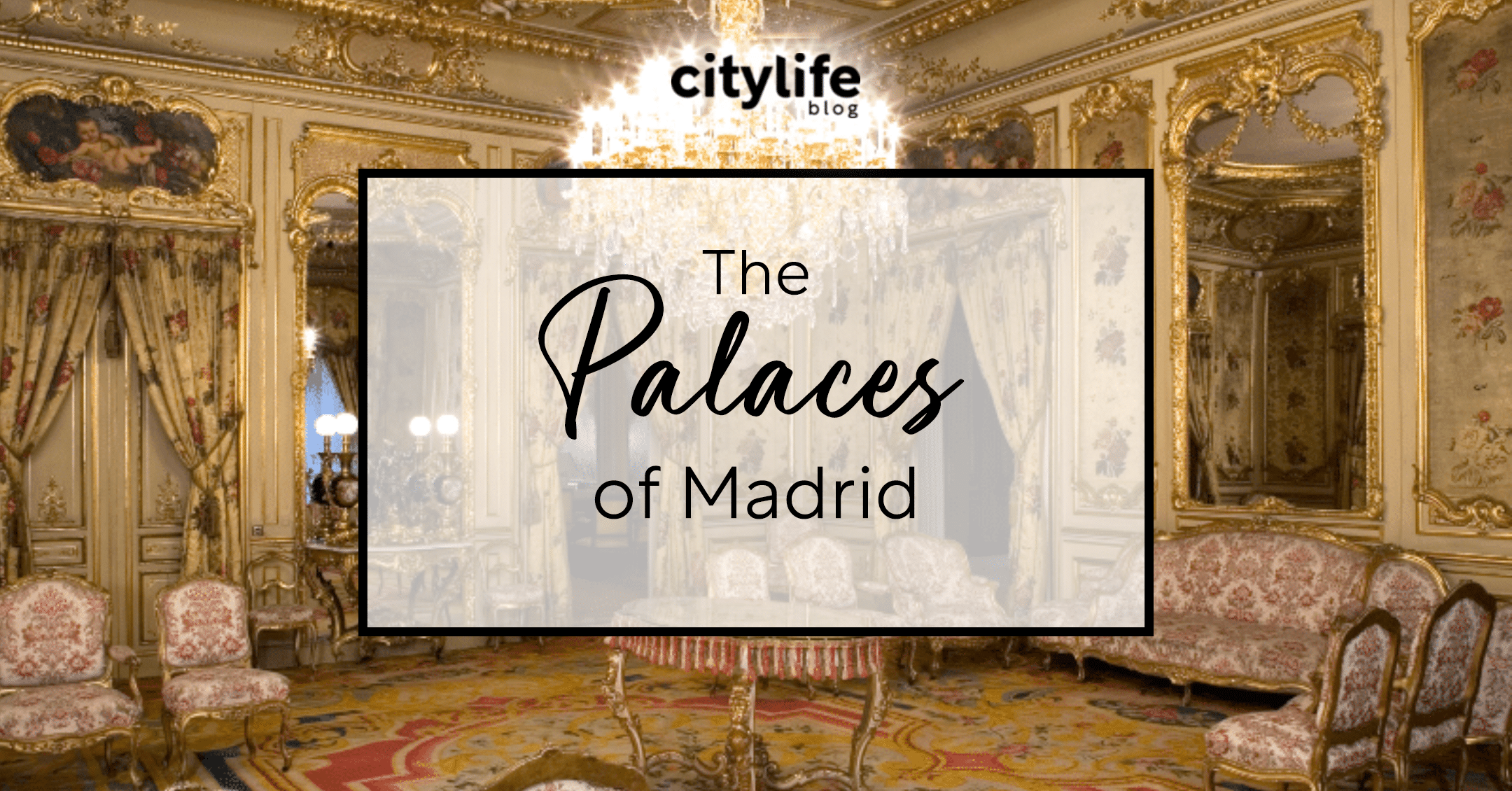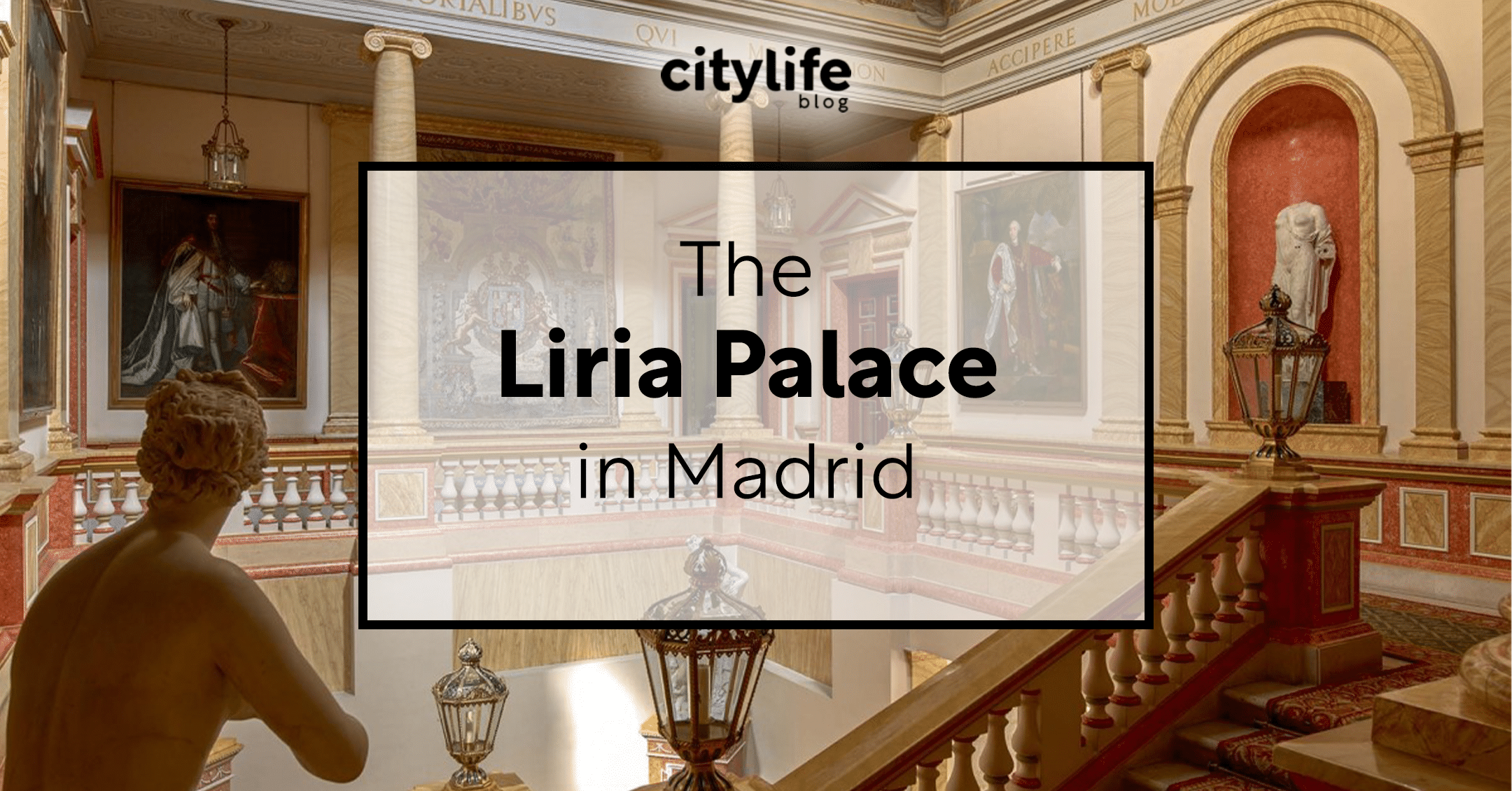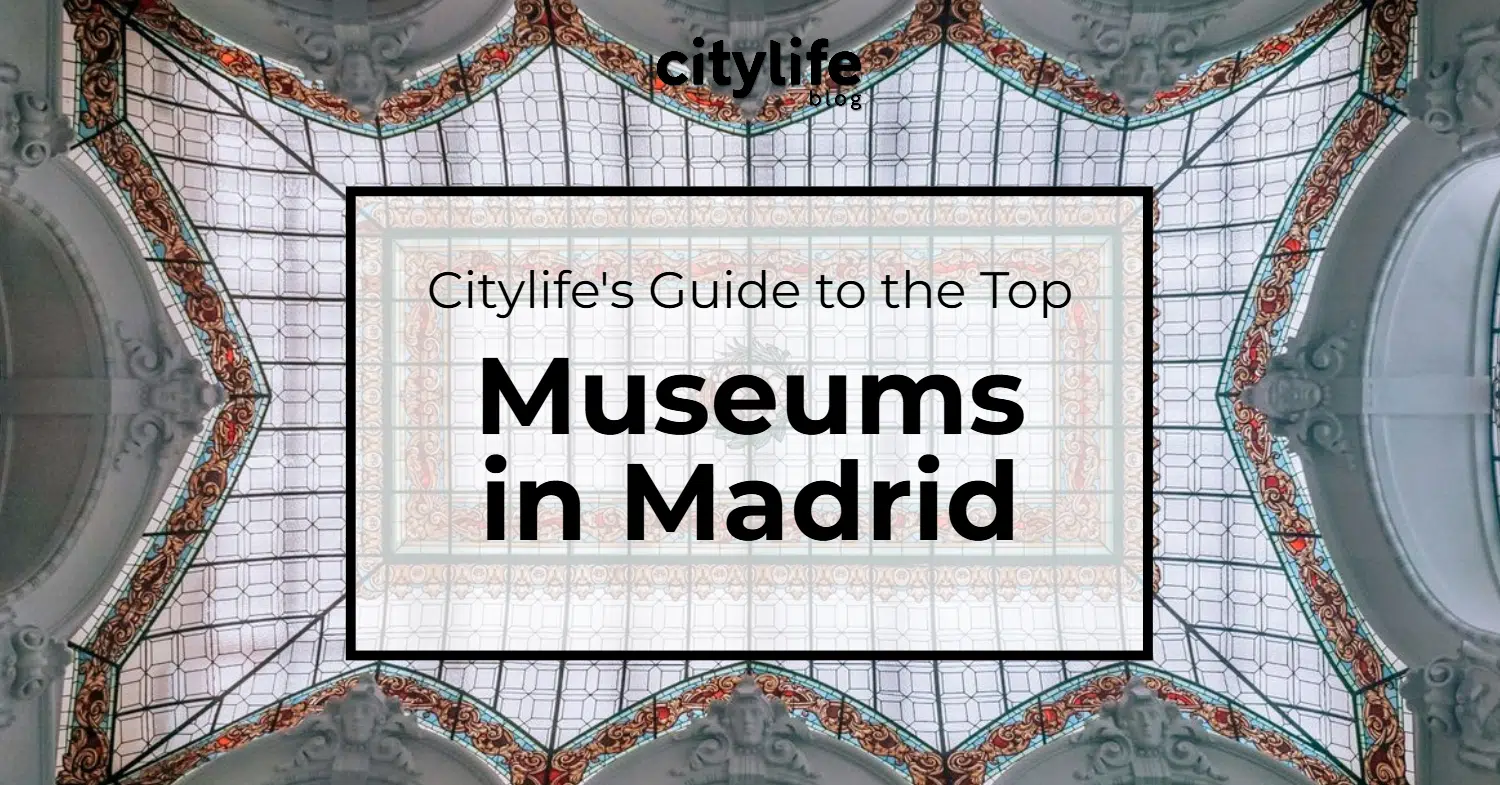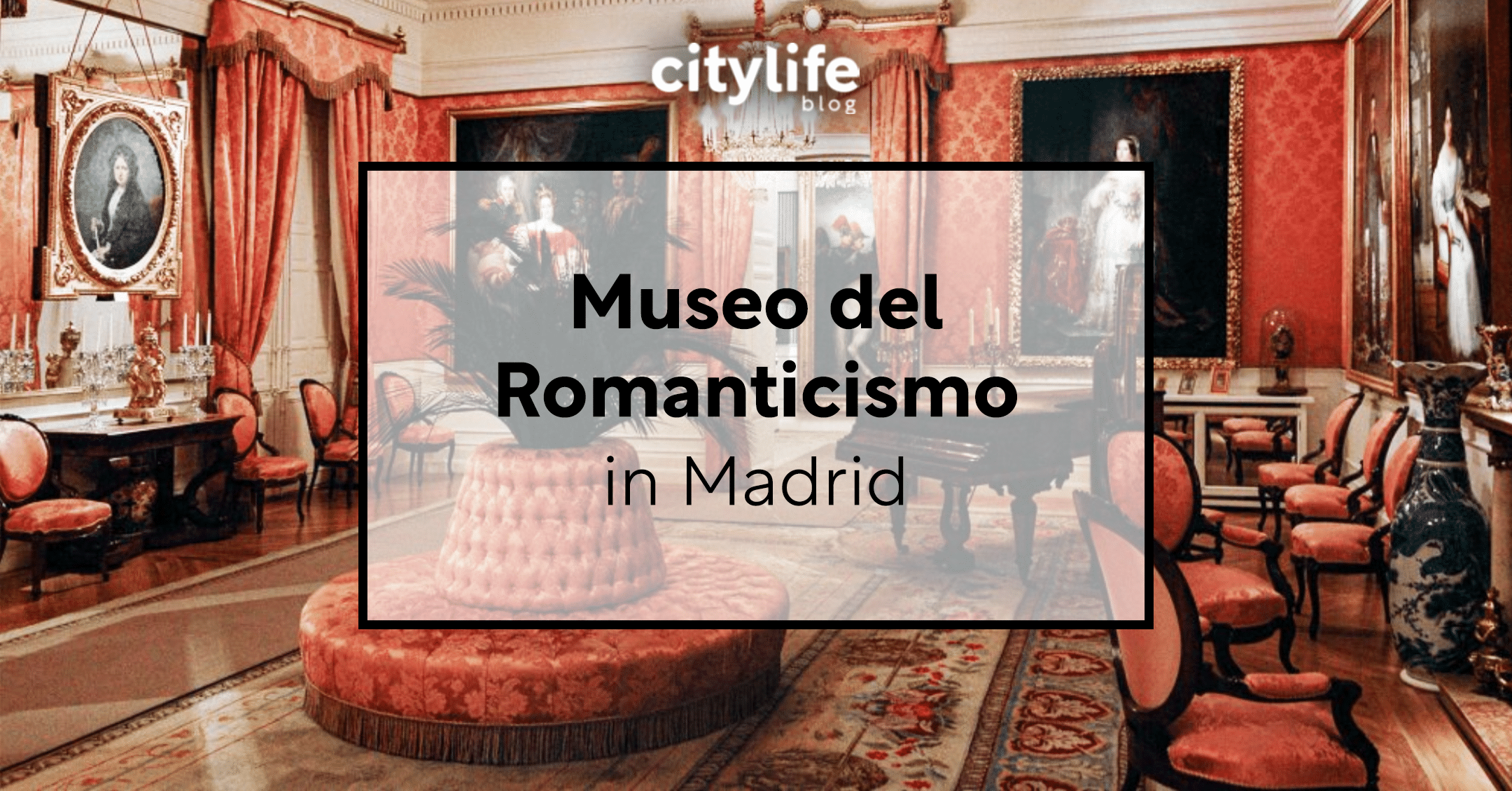
Inside a beautifully preserved 18th-century mansion, the Museo del Romanticismo (or Museum of Romanticism) stands out as one of Madrid’s most atmospheric and immersive museums. It’s not just about the paintings that line the walls; it’s the furniture, the carpets, the hand-painted ceilings, and the chandeliers that pull you into a whole other era. While the Prado showcases classical masters and the Reina Sofía is more about modern art, the Museo del Romanticismo offers something entirely different: a time-traveller’s glimpse into the lives and aesthetics of Spanish society during one of the most dramatic and stylish periods in history.
If you’re looking to delve deeper into Madrid’s arts and culture scene, check out our article on the city’s most notable museums and exhibitions. For more of our recommendations regarding local museums and ticket purchases, check out our articles about the famous Paseo del Arte and Madrid’s Top Muesums.
About the Museo del Romanticismo (Museum of Romanticism)
Unlike your standard museum layout of paintings on white walls, the Museo del Romanticismo recreates an actual Romantic-era home. It was originally opened in 1924 by the Marquis of Vega-Inclán, and holds over 16,000 objects, from portraits by Goya to porcelain tea sets and love letters written in handwriting that even a doctor couldn’t read. You’ll also find a pistol used in a real-life duel and a mourning brooch made with actual human hair. Each room is decorated as it would’ve been back in the day; dining rooms, bedrooms, dressing rooms and all, so instead of just learning about Romanticism, you kind of live it. It’s a full immersion into a world obsessed with passion, idealism, nostalgia and aesthetics.
Visiting Information
To make your trip to the Museo del Romanticismo go as smoothly, we’ve compiled some important visiting information. For additional information, you can also check the website here.
Visiting Hours
Monday to Saturday: 9:30 a 18:30
Sundays and holidays: 10:00 a 15:00
Price
General Free admission: Saturdays after 14:00, every Sunday and for students aged 18-25
General admission: 3,00€
Reduced admission: 1,50€ for students and seniors over 65
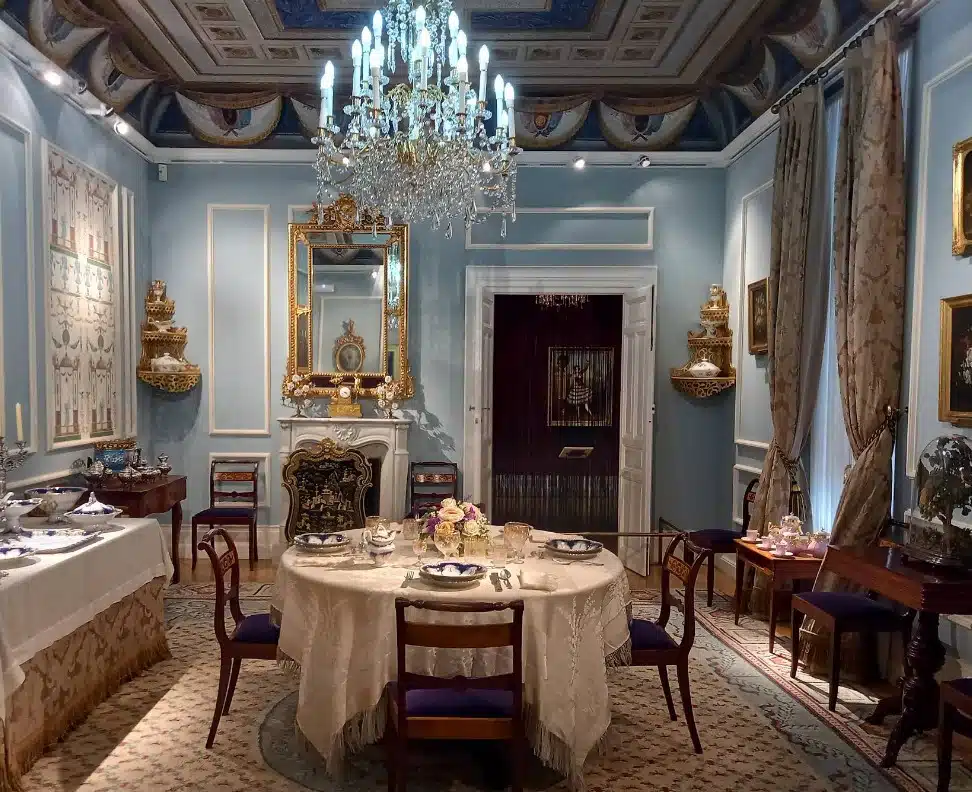
Reminder: Opening hours and admissions fees are subject to change, so please always check the official webpage before going.
Museo del Romanticismo Address
Calle de San Mateo, 13
Metro: Tribunal (Line 1 & 10) or Alonso Martínez (Lines 4, 5 & 10)
What to See at the Museo del Romanticismo
This isn’t the kind of museum where you breeze through rooms full of barely labelled objects and call it culture. The Museo del Romanticismo is all about detail. Every corner of this place has a story, and here are a few pieces you definitely shouldn’t miss:
Leonardo Alenza’s Sátira del suicidio romántico
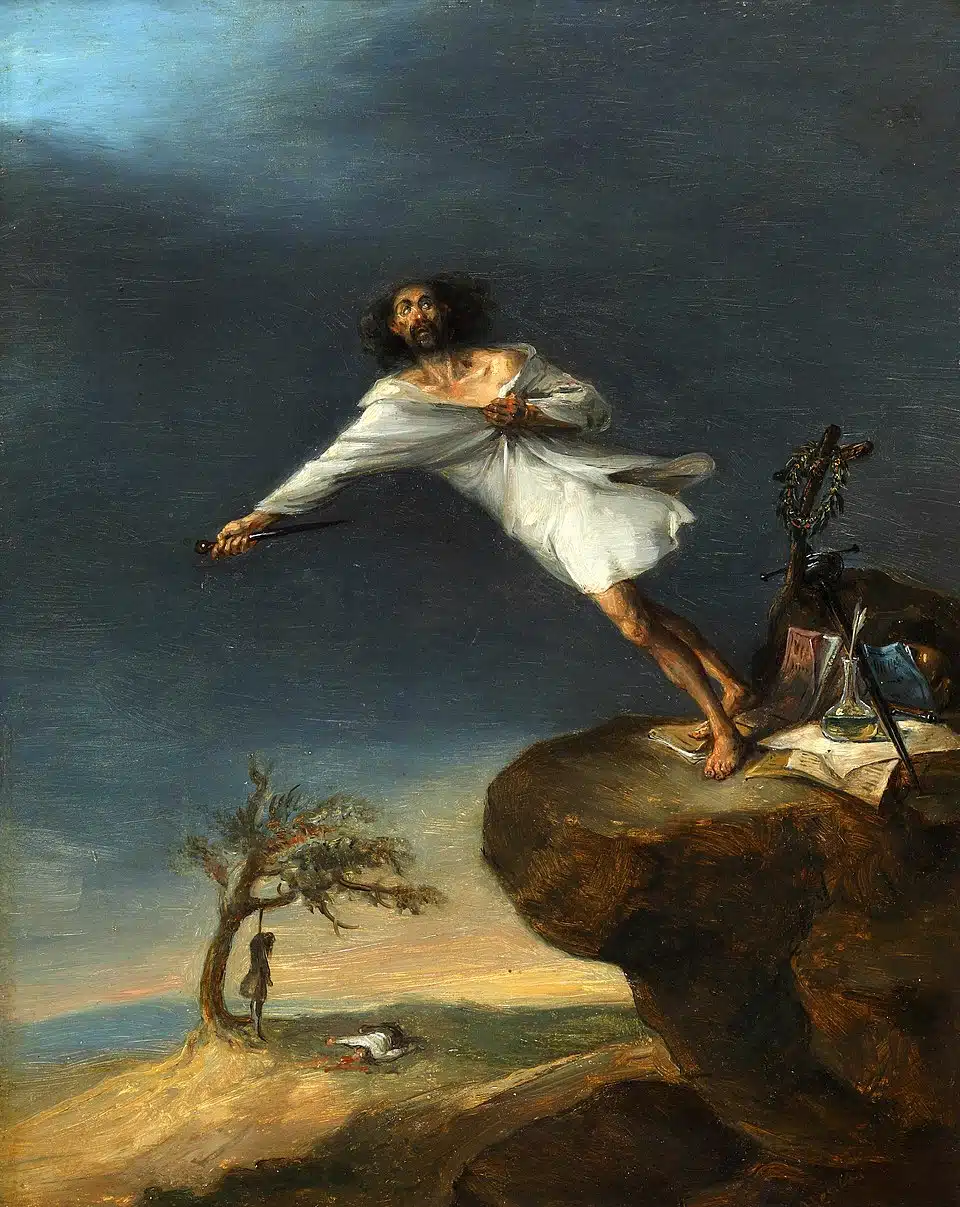
This painting shows a gaunt, nightshirt-wearing man throwing himself off a cliff, dagger in hand, surrounded by dramatic props like a skull, books, and a laurel crown. It’s over-the-top on purpose. Alenza, clearly fed up with the era’s obsession with poetic suffering, turned the whole thing into a visual satire. And yet, somehow, managed to create an iconic piece of the Romantic era.
Edgar Degas’s Swaying Dancer
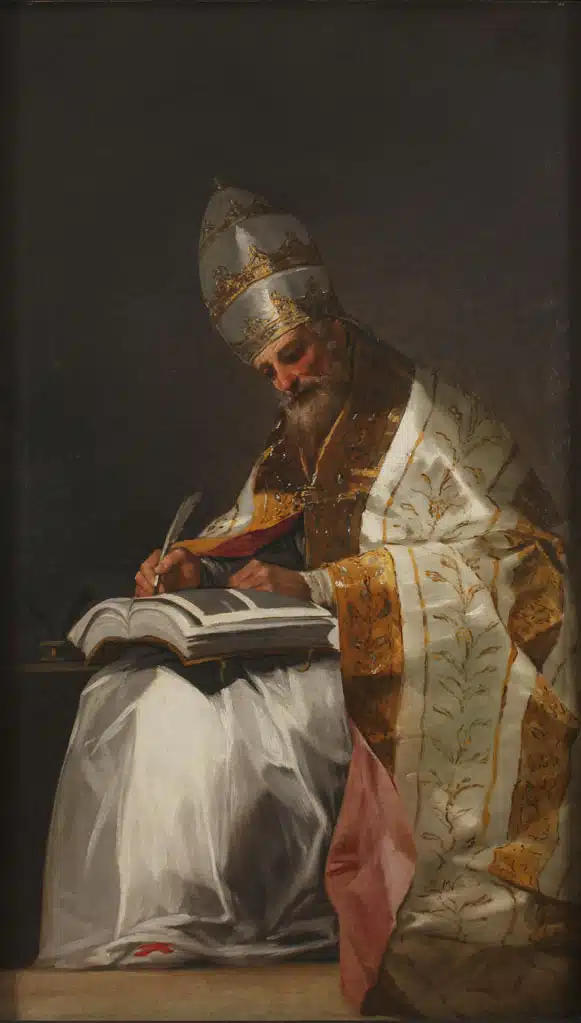
You can’t talk about Spanish Romanticism without mentioning Francisco de Goya; and yes, the museum has one of his portraits. His signature style is all over it: intense eyes, rich textures, and just the right amount of gloom. It’s a quieter piece compared to his darker works, but you can still feel that edge under the surface.
Ornate Percussion Pistol, Eibar 1850
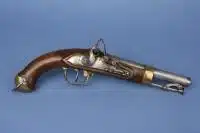
This pistol is so decorative that it almost distracts you from the fact that it’s a weapon. Made in Eibar in 1850 by Ignacio Orbea, this percussion pistol has a hammer shaped like a dolphin, a floral pommel, and just enough flair to belong in a very dramatic duel scene. It’s part of Spain’s long tradition of artisan gunsmithing, especially in the Basque Country, where entire guilds used to split up the work like a steampunk assembly line. Somehow, even an object designed for violence is wrapped in Romantic symbolism, turning it into a kind of deadly fashion accessory.
Caravaggio’s Saint Catherine of Alexandria
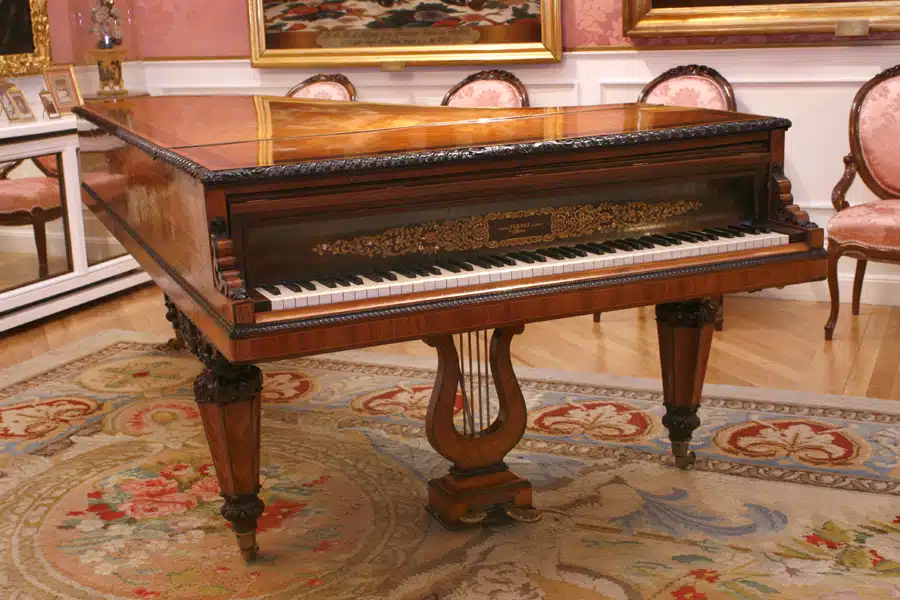
Built by the iconic Pleyel & Cie for Queen Isabel II, this grand piano is as extra as you’d expect—mother-of-pearl inlays, exotic woods, and the royal coat of arms carved above the keys. It has seven octaves, two pedals, and a history of candlelit palace concerts.

